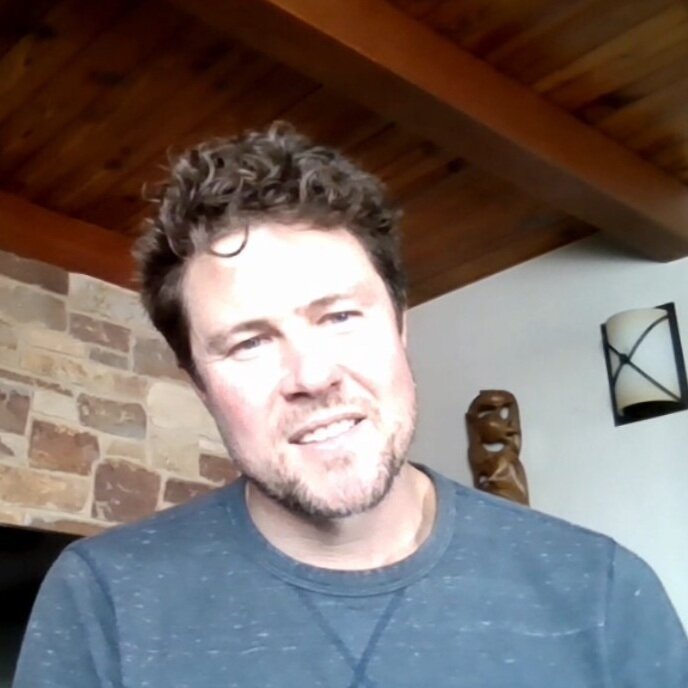V: Greenfield Avenue
In 2021, WaterMarks conducted interviews about how water is invisibly connected to the quality of our lives and livelihoods and the ways we overcome barriers to protect and connect with water and each other in cities.
Erick Shambarger
"Being a water-centric city is really central to the identity of Milwaukee. We are a coastal city. We are a freshwater city."Anna Ostermeier
“I really enjoy working collaboratively with people, doing a lot of public education, community organizing."Steve Servais
“My philosophy with green building is you want to sail your house and not just hook it up to a more efficient outboard motor."Karen Dettmer
“I never pictured myself in public service. I never pictured myself in a political setting. But I would never look back. It’s been greatly rewarding."Jim Wasley
"My practice always thinks about the patterns of movement in our city. And so one of the things that I notice in that area that I connect to other work that I've done before is how the highway divides that space."Sarah Gail Luther
“It’s more about the city as a whole, and the desire to re-weave ecological processes into the city, to make rivers healthy.Pancho Cazarez
"My dad, my family would never ever take any money. They would always pay us with some kind of dish. I learned about soda bread. Cabbage rolls. Corned beef. We didn’t have that kind of food. We were eating basically traditional Mexican food. It was something very new to us. We enjoyed it. The community coming together.”







